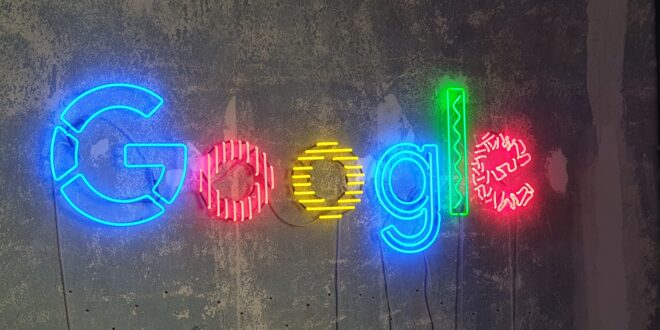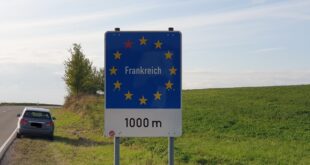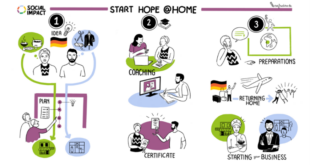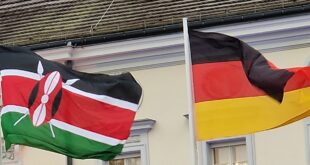In a recent study, the Netherlands emerged as Europe’s most active online nation.
SEO agency Digital Climax analysed data from Eurostat to compare the percentages of individuals engaged in six selected categories of online activity across each country in Europe. The data was then used to create an overall ‘Online Activity Score’ out of ten, for each European country.
The six categories analysed included the percentage of individuals using the internet, those that use the internet weekly or more, those using it for e-commerce, finance or calls and the percentage of households with internet access.
The Netherlands ranked top, with an Online Activity Score of 9.01 out of 10. Whilst 99.27% of the population use the internet, 98.92% use the internet weekly or more. It also scored highly with 84.2% of individuals using the internet for ecommerce and 84.7% of individuals using the internet to make calls. Its lowest score was 27.57% of individuals using the internet for finances, but this was still high compared to other countries.
Iceland ranks second with an Online Activity Score of 8.82 out of 10. It scored the highest out of all countries for the percentage of individuals using ecommerce with 84.35% and came second for the percentage of individuals using the internet weekly or more with 99.45%. Its lowest score was only 20.52% of individuals using the internet for finances.
Ireland comes third with a score of 8.74 out of 10. It had the second highest score out of all countries for the percentage of individuals using the internet for finances with 30.29% and scored 98.99% for the percentage of households with internet access. It ranked in the top five European countries for individuals using the internet for ecommerce, at 82.84%.
Norway ranks fourth scoring 8.45 out of 10. It scored the highest for the percentage of individuals using the internet with 99.81% and ranked in the top five for the percentage of households with internet access, at 99.01%. However, Norway scored lower for the percentage of individuals using the internet for calls with 79.10%.
The United Kingdom comes close behind in fifth with a score of 8.42 out of 10. It scored the highest for the percentage of individuals using the internet weekly or more with 99.53%. The UK also came second for the percentage of individuals using the internet with 99.55%, following Norway.
Other countries in the top ten include Switzerland, Denmark, Sweden, Luxembourg, and Finland.
Bosnia and Herzegovina was the country that was least active online, with an Online Activity Score of just 1.44 out of 10. They had the lowest score for the percentage of individuals using the internet with 84.01% and the second lowest overall for the percentage of individuals using the internet weekly or more with 82.46%.
Axl Van Steenacker, SEO specialist and founder of Digital Climax, commented on the findings:
“With so many essential services now available online, it is no surprise to see such high percentages for internet access across most European countries. Many of these top-ranking countries surpass the EU average of 90% for Fast Broadband (NGA) coverage, with the Netherlands reporting 99% coverage, which makes it easier for their populations to get online and access these platforms compared to lower ranking countries on the list.
“The EU also has the Open Internet Access Regulation in place, which grants the right to access online content and services without any discrimination or interference. It would be good to see these accessibility figures continue to increase in Europe over the next few years, so users can take advantage of this worldwide connectivity and use services like online banking and global communication.”
Methodology:
This study analysed data from Eurostat to compare the percentages of individuals engaged in six selected categories of online activity across all European countries in 2023.
Each Eurostat data entry from 2023 was indexed using a min/max function to create a score out of 10 for every country across all categories based on how high its percentage was in each category when compared with every other country. These six index scores for each country were then added together and used to create an average Online Activity Score per country that could be ranked from highest to lowest.
The six categories analysed were the percentage of individuals using the internet, the percentage of households with internet access, the percentage of individuals using the internet weekly or more, the percentage of individuals using e-commerce, the percentage of individuals using the internet for finance, and the percentage of individuals using the internet for calls. Linear regression was used to estimate any missing data based on the previous year’s data for the country in that category
© Journo Research
This report was distributed by Journo Research on behalf of its client digital-climax.be. Journo Research operates as digital-climax.be’s Digital PR agency.
 THE AFRICAN COURIER. Reporting Africa and its Diaspora! The African Courier is an international magazine published in Germany to report on Africa and the Diaspora African experience. The first issue of the bimonthly magazine appeared on the newsstands on 15 February 1998. The African Courier is a communication forum for European-African political, economic and cultural exchanges, and a voice for Africa in Europe.
THE AFRICAN COURIER. Reporting Africa and its Diaspora! The African Courier is an international magazine published in Germany to report on Africa and the Diaspora African experience. The first issue of the bimonthly magazine appeared on the newsstands on 15 February 1998. The African Courier is a communication forum for European-African political, economic and cultural exchanges, and a voice for Africa in Europe.

































